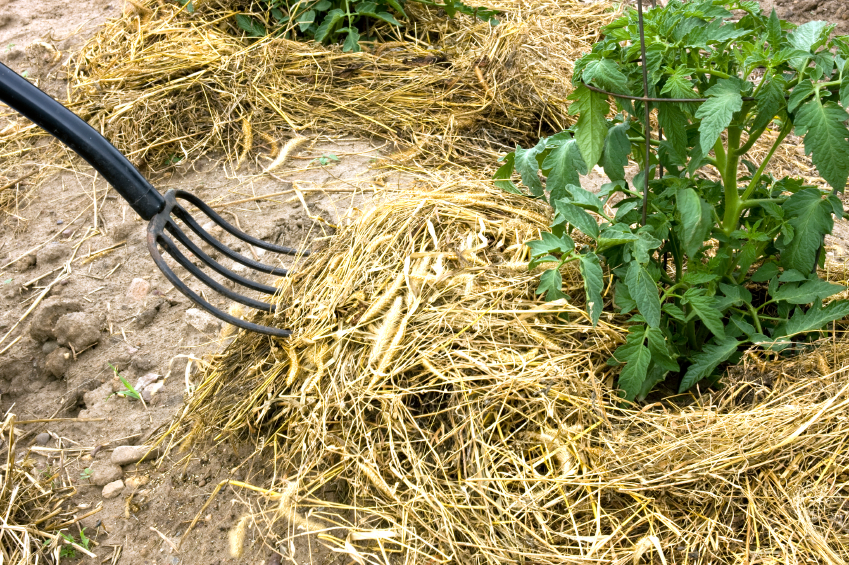What To Do If Your Garden Is Getting Brown From Heat
 It seems like summer is finally here. Finally! I don’t know about you, but I am ready, and this year, it feels like the weather isn't waiting. Much of the country is already experiencing extreme heat. It’s a nice respite from the dark and the damp of winter, at least if you’re a human.
It seems like summer is finally here. Finally! I don’t know about you, but I am ready, and this year, it feels like the weather isn't waiting. Much of the country is already experiencing extreme heat. It’s a nice respite from the dark and the damp of winter, at least if you’re a human.
But if you’re a plant? Maybe not so much.
Like the good gardener that I am, I had my seedlings going way back in the earliest days of spring. Starts were in the ground as soon as the final frost had come and gone. My precious little plants, nurtured by my own hands, have been slowly and steadily soaking up sun and rain ever since. And through spring they thrived. You should see the height on my sunflowers!
But then, summer set in. We had a couple of scorcher days, and my poor plants begin to wilt. And we DIY home improvers in San Diego haven’t even had it as bad as other parts of the country. I was chatting with a friend from Baton Rouge the other day, who sadly laughed as she told the story of her poor arugula, which fought so hard for three weeks in record temperatures before, as she said “The arugula was finally just like ‘nope, I’m over it’ and collapsed in a little pile of surrender.”
If you’re battling this same sunny demon in your own garden, I’ve got a few tips that just may help you keep your plants from withering away into lifeless straw. Don’t give up before you give these a shot!
1. Pamper your pots. For potted plants like flowers or container-garden veggies, you’ll need to give them extra care. They don’t have the insulation of the earth around them, so they’re even more prone to heat damage and desiccation. Always move your potted plants into the shade. You’ll need to water them at least once every day, if not twice for the shade-loving species.
2. Water not only often, but deeply. For garden beds and in-ground plants, it’s important that the water penetrate deep into the earth to encourage the roots to continue to extend down. It’s cooler down there and the deeper the roots, the more likely your plant will survive extreme heat. So water often but more importantly, water for extended periods, to fully-saturate the soil.
3. Don’t fertilize! In extreme heat, water is taken up very quickly by plants. This is great for thirsty plants, but it can be dangerous if you try to fertilize – which you may be tempted to do if your plants seem to be dying. Remember that fertilizer is also taken in very fast when it’s hot, so plants are easily burned in this weather. Focus on water; save the fertilizer for after the heat wave passes.
4. Mulch is your BFF. Mulch will have your back, for reals. A thick layer (a few inches at least) of organic mulch over your garden will greatly reduce moisture loss, as well as help to regulate soil temperature. It’s also an awesome stand-in for the fertilizer you’ll be forgoing, and will help return some much-needed nutrients to the plants. So don’t skip it – mulch is a life saver!
5. Try a little shade. You can build little tents or umbrellas (or better yet have a carpenter build a garden structure) to shade your tender greens and lettuces, which will help to delay bolting. They will bolt no matter what in extreme heat, but shade may give you a little more time to maximize your yield.
If you can implement all these tips, then you can probably save your garden from certain death in the summer sun. Now get out there and enjoy the heat!
Sayward Rebhal writes for Networx.com.
Looking for a Pro? Call us (866) 441-6648

Landscaping Average Costs
Landscapers Experiences

Hiring A Great Landscaper Was Almost Too Easy, Even Long Distance

Leaf Removal This Year, More Landscape Work Next Summer



